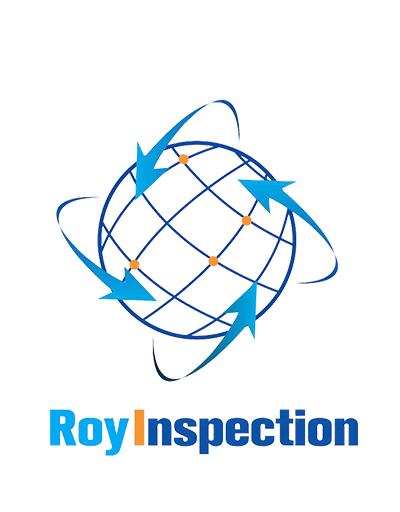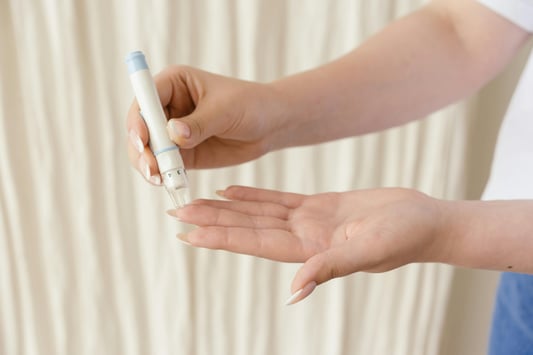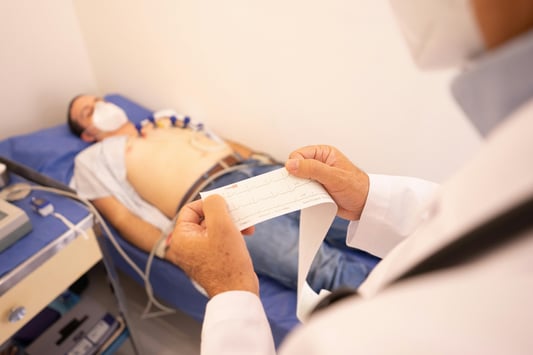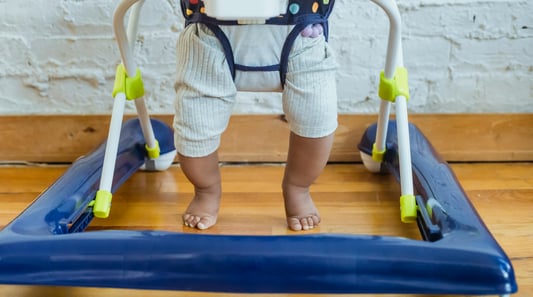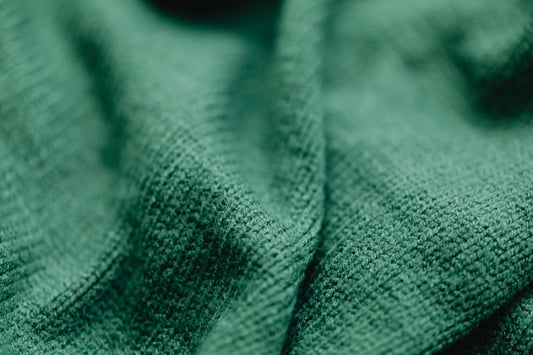Introduction:Ultraviolet (UV) inspection lamps have become increasingly popular in various industries. However, it's important to ensure that these lamps are inspected regularly to maintain their performance and effectiveness. In this article, we will discuss the importance of uv inspection lamp inspection.Why UV Inspection Lamp Inspection is Important:Regular inspections of UV inspection lamps are crucial for ensuring their effectiveness. Without inspections, lamps can generate insufficient intensity, wavelength, or uniformity of UV irradiation, thereby leading to poor performance. Additionally, regular inspections can help identify damaged or worn-out components, such as bulbs, filters, and housing, which can also affect the performance of the lamps.The Benefits of UV Inspection Lamp Inspection:Proper inspection of UV lamps can help identify potential issues early on, reduce downtime, and increase safety and operational efficiency. Here are the key benefits of UV inspection lamp inspection:1. Increased Safety:Defective or malfunctioning UV inspection lamps can cause serious safety hazards to personnel, products, or equipment. Regular inspections can reduce these risks and ensure safe working conditions.2. Improved Quality:Regular inspections can ensure that UV lamps provide the correct intensity and wavelength of UV irradiation, thus improving the quality of the inspection results. This is particularly important in industries where product quality and safety are critical, such as pharmaceuticals, food and beverage, and electronics.3. Reduce Equipment Failure:Identifying potential issues early on can prevent equipment failure and reduce downtime, which can save time, money, and resources for businesses.4. Compliance with Regulations:Many industries have specific regulations and standards for using UV inspection lamps. Regular inspections can help ensure compliance with these regulations and standards, thus avoiding potential legal or regulatory issues.How to Inspect UV Inspection Lamps:Inspecting UV inspection lamps involves several steps, including checking the performance, condition, and components of the lamps. Here are some key steps for inspecting UV inspection lamps:1. Check the Intensity:Use a radiometer or UV meter to measure the intensity of the UV irradiation at different distances and angles from the lamp. Compare the readings to the recommended intensity levels for the particular application.2. Check the Wavelength:Use a spectrophotometer or UV filter to measure the wavelength of the UV irradiation. Compare the readings to the required wavelength range for the particular application.3. Check the Uniformity:Use a UV absorbing paper or film to check the uniformity of the UV irradiation across the surface of the paper or film. The distribution should be even and consistent.4. Check the Components:Inspect the bulbs, filters, housing, and other components for cracks, discoloration, or wear and tear. Replace any damaged or worn-out components to ensure optimal performance.The Bottom Line:UV inspection lamps are vital tools for many industries. To maintain their effectiveness, it's important to regularly inspect them. Proper inspections can help improve safety, quality, and efficiency, as well as reduce downtime and compliance issues. By following the steps outlined above, businesses can ensure the optimal performance of their UV inspection lamps.Quote InquiryContact us!
